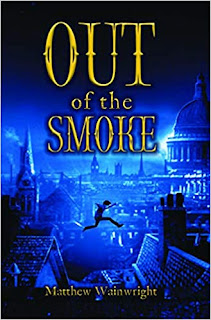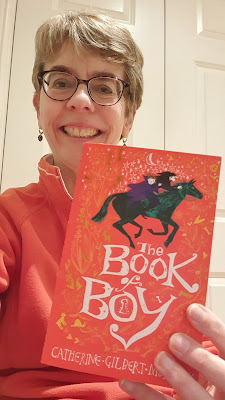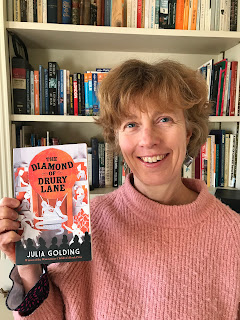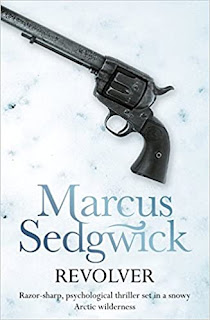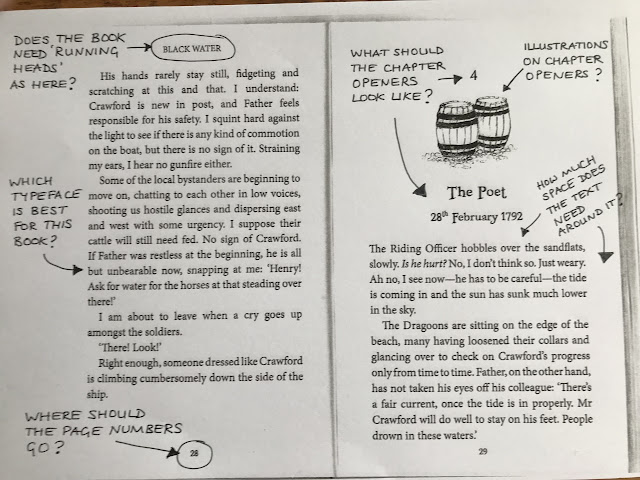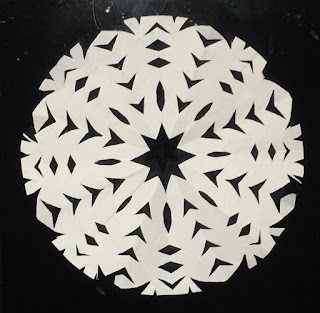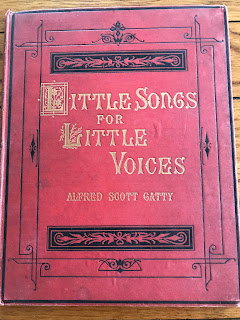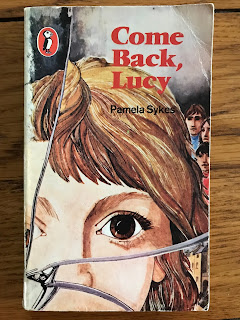I was recently lucky enough to
spend a few days on the Outer Banks of North Carolina in the United States. The
Outer Banks are a long string of barrier islands stretching along the coastline,
with the Atlantic on one side and the sheltered waters of the Sound on the
other. These days the Outer Banks are a popular holiday destination, due to
their long, unspoilt sandy beaches and it was these same beaches and dunes
which made the Outer Banks the site of one of the biggest breakthroughs in
human history. It was here in December 1903 that the Wright Brothers made the
first ever successful powered flight.
 |
| The Wright Brothers Memorial on Kill Devil Hill, North Carolina |
The dream of achieving human flight
is probably as old as humanity. Throughout the nineteenth century, a succession
of inventors and engineers had worked on solving the three great problems of
aircraft design.
LIFT – generating an upward force greater than the weight of the plane
THRUST – propelling
the plane forward
CONTROL – stabilising
and controlling the plane’s flight
By the end of the 1890s, progress
had been made on the problems of LIFT and THRUST but nobody had worked out how
to control an aeroplane once it was in the air so that it didn’t roll from side
to side or pitch forward, or continually veer from right to left.
It was American brothers Wilbur and
Orville Wright who in 1899, after observing the flight of birds, realised that
stabilised flight could be achieved by warping the wings of the plane,
inventing a system which allowed the pilot to twist the tips of the wings, as a
bird does, through a system of pulleys and cables.
 |
| The Wright Brothers - Wilbur and Orville |
The Wright brothers ran a bicycle
shop in Dayton, Ohio, but from 1899 onwards they devoted themselves to the goal
of human flight, spending their summers on the coast of North Carolina, where
the huge sand dunes just south of the town of Kitty Hawk, at a place memorably
called Kill Devil Hills, were the ideal setting for hundreds of experiments
with kites and gliders. The location provided three things that they needed –
plenty of wind for lift, sand for a soft landing, and privacy. They didn’t want
other people copying their design!
 |
| Reconstruction of their 1903 Flyer, viewed from the back |
In 1901 they built their own wind
tunnel so that they could collect their own scientific data on aereodynamics. In
1902, after hundreds of test glides, the brothers felt sure that they had cracked
the problems of lift, control and stability. The following year they designed
their own engine and the first effective aircraft propellers and in December
1903 they returned to Kill Devil Hills, finally ready to test out their new
flyer.
 |
| The pilot in the 1903 Flyer was positioned lying down, between the wings |
On 17 December 1903, surrounded and supported by men from the local lifeboat station, Orville Wright climbed into
position in the flyer. The flyer was designed so that the pilot lay down
between the wings, controlling the machine with a stick and a lever, and
controlling the warp of the wings by swinging a cradle with his hips. On the
first flight the flyer only stayed aloft for 12 seconds, going 36 metres before
pitching into the sand. The brothers took it in turns to make three more
flights, getting used to the controls. Each time they spent longer in the air, flying
further, until on the fourth flight, Wilbur piloted the flyer for a distance of
260 metres in 59 seconds.
 |
| The lift-off point of the first flights is marked by the First Flight Boulder on the left, with four other boulders marking the length of the first four flights |
Today, this site is the Wright Brothers National Memorial. The First Flight boulder marks the lift off point for the four flights, and the four flight markers show the length of each successive flight. You can also see reconstructions of the sheds where the brothers lived and worked each summer, and on Kill Devil Hill – like the surrounding area, now sown with grass – there is a huge monument to the brothers, rising up impressively above the flat surroundings. In the Visitors’ Centre, you can see a reconstruction of the original flyer, and on the other side of Kill Devil Hill is a sculpture of the complete scene of the very first flight, complete with sculptures of admiring locals, including the man taking the photograph that is shown here! He had apparently never used a camera before.
 |
| The photograph taken of the very first flight. Orville is in the Flyer, Wilbur running alongside |
Of course, the Wrights’ achievement was just the beginning for human flight. If you are interested in the history of flying, there are loads of other people you can research, including the French aviator Louis Bleriot, the first man to fly across the English Channel, and the pioneering American aviator Amelia Earhart. Amelia Earhart was the first woman to fly solo across the Atlantic in 1932. Five years later, she disappeared with her plane during an attempt to fly around the globe – but that’s for another blog!
WRITING
CHALLENGE: For your writing challenge this week, imagine that you are Wilbur or Orville Wright and write a letter to a friend back in Ohio, telling them about
this incredible thing that has just happened – you have achieved the first ever
powered flight! You might want to tell them how hard you worked and the
problems you had to overcome. Will you confide in them what you plan to do
next?
Alternatively,
imagine you are one of the local people watching – how does this make you feel?
Does it make you want to be part of the adventure of human flight? Has it ignited
a dream for you too?
The
White Phoenix by Catherine
Randall is an historical novel for 9-12 year olds set in London, 1666. It was
shortlisted for the Historical Association’s Young Quills Award 2021.
Published
by the Book Guild, it is available from bookshops and online retailers.
For
more information, go to Catherine’s website: www.catherinerandall.com


